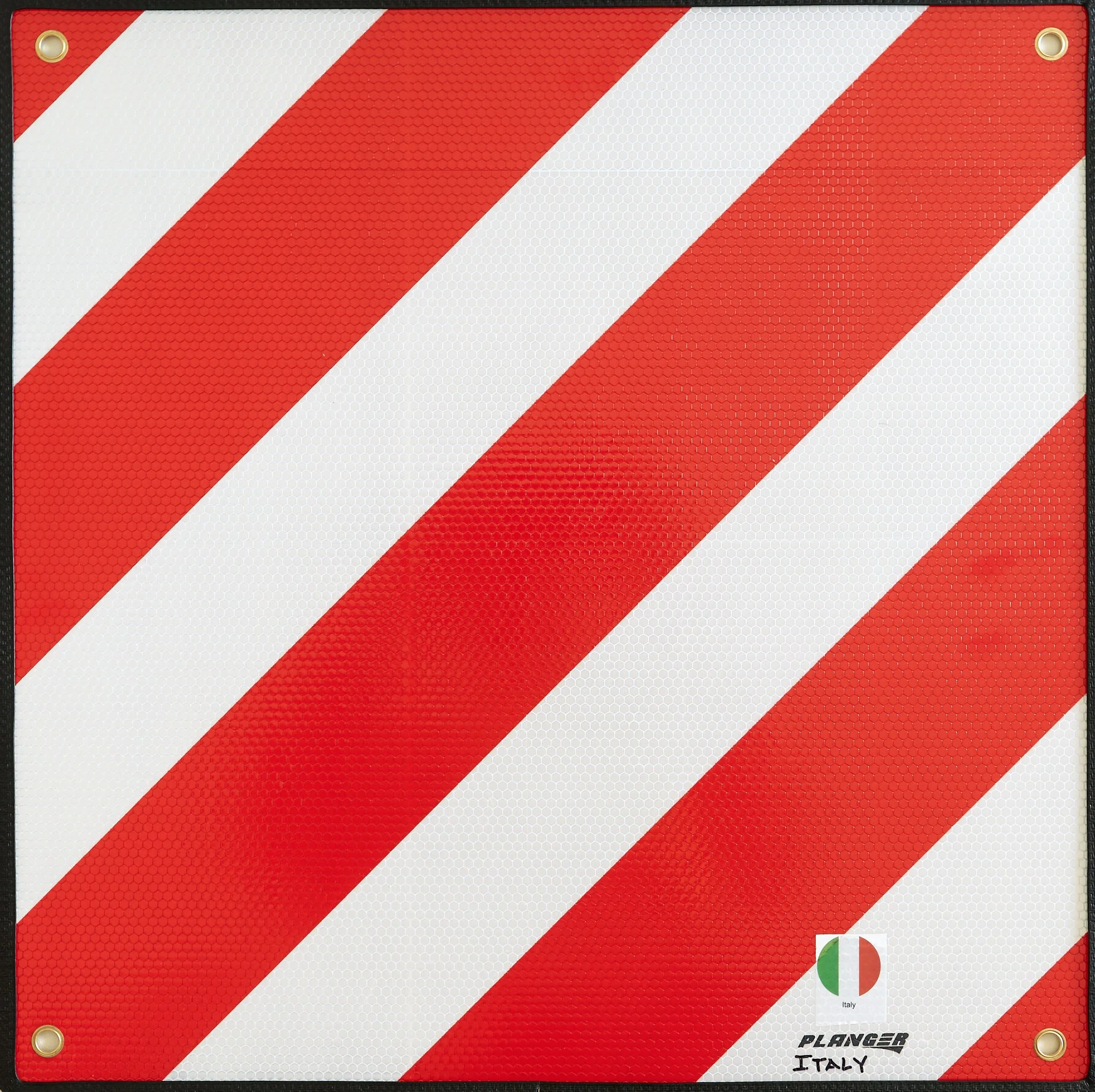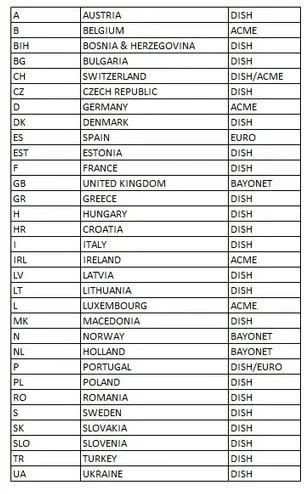Angle of Death!
Ok, I promise not to let my frustrations out concerning Portugal and the bimobil . . . but if you ever come to visit, I can’t promise we won’t get into it. Still, we have our dreams and I am the pony boy (read: ever optimist [come visit and I’ll tell you the joke too]), so that does not mean Ann and I have not been thinking about being on the road and occasionally planning trips (if only in our dreams).
One of the things I decided to look into was international traveling in our caravan. That’s why we came here, to cross international borders and explore Europe. Boy, was that a can of worms (and I doubt I’ve reached the bottom of it yet), and that was just Europe. It makes me wonder more and more if it would be worth doing all the paperwork to get to some place as accessible (by direct ferry) as Morocco. But for now, let’s just stick to Europe because . . . it ain’t the United States!
Europe sure likes to act like they’re a Union (economic and otherwise), but at the same time, insist they are independent countries. And for all of the EU talk (and regulations), they still are more the latter than the former (it seems like a lot of US states are trying to be as independent as European nations - you know which ones they are). Which makes me wonder why in the world did the UK do the Brexit thing and really mess things up for us (I mean literally us, not the US, because it is all about us!)? They had a lot of control over most things in their country as it was!
So while I was cruising through some European caravanning websites (like that pun?), I started coming across, let’s call them landmines. The sort of thing that police officers love to ding you on if they’ve just had a nasty fight with their spouse, they decide they don’t like the look on your face, you’re driving a German vehicle!, or if you just happen to have Portuguese plates and Portugal beat France in a football match the week before. The kind of thing that costs you money. Obscure traffic regulations!
It all started with the Angle of Death sign! Actually, the “Angles Mortes” in French, which also means “blind spot” (I like Angle of Death better . . . it’s more accurate). So last year, 2021, while everyone was pretty much in lockdown in Europe, the French Parliament decided what could be better than passing a new law that will screw over caravan users once they start hitting the road again after lockdown is lifted because, hey, international travelers always keep up with the latest changes to local traffic regulations. Gotta love the French and their bureaucracy (matched only by Portugal’s IMT . . . ok, I said I wouldn’t go there). It reminded me of Eddie Murphy in 48 Hours, the bar scene where he acts like a police officer, “Let’s see what I can #$%& with next!”
The law basically requires vehicles of a certain size (which includes most caravans and definitely our bimobil) to have signs on both the driver and passenger front sides, and on the passenger rear side, to warn people that there are blind spots and if they are in those locations, they could die! Now imagine, in our case, we’ve invested a pretty penny in a lovely new home on wheels and . . . have to put this on it!
Fortunately, I did a bit of research and found magnetic “stickers” and, thank goodness, our doors are metal. Now, the “Angles Morts” sign is supposed to be within 1 meter of the front of the vehicle, but every vehicle I’ve seen on the road with them (semi-trailers that obviously drive throughout Europe) have them more like 1.5 - 2 meters back and located by the driver’s door (the only flat surface on most modern vehicles). Anyway, since they’re magnetic we can put the stickers on before we enter France, and remove them when we leave! That doesn’t help much for the rear (no flat metal surfaces), so I also bought some “sticker” stickers and plan on sticking them onto a plastic base, with holes drilled in the corners, that I can attach to our sand tracks in the rear. A couple of zip-ties should do the trick!
Apparently, the warnings are only required in urban areas. But of course the legislation doesn’t indicate what constitutes an “urban area” (small villages, towns, small cities, Paris?) or whether just driving through it on a major highway (an E class road) constitutes being in an “urban area.” And inquiries to the French Authorities from caravanning organizations have been met with a very French, “We’ll get back to you!” and then silence. So, I bought our stickers in the eternal hope that some day I’ll get to use them (there goes that pony boy thing again).
But that’s not the end of it. It didn’t take much more digging to realize that there’s a reason we’ve seen this giant striped square on the back of a lot of caravans in Portugal. Apparently, in Spain (which runs along the entire land border of Portugal in case you didn’t know, and, no, the bimobil is not amphibious so we can’t go around Spain if we want to travel the rest of the continent), if you have anything that extends beyond the rear bumper of a larger vehicle (think bike rack or, in our case, extra spare tire), you need to attach this sign to it as you’re driving.
It is not small at about 20” x 20” square. It’s reflective as you might suspect and definitely obvious on the back of a vehicle. But then again so is the bicycle or the large 35” tire on the back of our rig, so . . . I’m not sure how useful it really is. Then again, maybe Spain has a problem with tailgaters who forget to pay attention as they inch up closer and closer to the bumper in front of them and don’t realize that a tire or a bicycle is about to crash into their windshield.
Oh, and do you notice the “SPAIN” (hand written by me) on the bottom right? Well, that’s because Spain is not the only country who decided a warning sign like this was necessary - Italy has a similar regulation as well. But . . . this being Europe, it would make absolutely no sense for Spain and Italy (or the entire EU) to decide on a common striping pattern so . . . the flip side of our sign says Italy and has different striping.
And yes, I am aware that the Italy side has a sticker with the Italian flag on it, but I didn’t trust that the flag would stay should it start raining, etc. I’m getting to be an old fart so there’s no way I’m going to remember which side is which . . . and I’m too lazy to just annotate one side, or dense to remember the non-written side is Italy.
Note Italy’s 5 full/partial red stripes compared to Spain’s 3. Which pattern to you prefer?
And before you start saying why not just buy a cheaper single-country warning sign and use that for both countries, there were plenty of forum stories about folks getting stopped for having the wrong sign (in both countries (as well as stories of folks not being stopped at all . . . I’m not that lucky)). And of course, stories about folks who had to pay fines for having the wrong one (or none at all). Like I said, at the whim of the local authorities!
I thought I’d pretty much covered my bases, but then I was looking through a German caravanning store’s catalog (a store we had planned to stop at on the way back from picking up the bimobil, which, as you recall, had to get cancelled because of . . . Portugal IMT *#!%$) and while I was perusing accessory odds- and-ends, I came across something that made that warning light at the back of my head start flashing (Ann says it doesn’t flash nearly as often as it should and I suspect she’s right about that). So I started digging a bit.
As background, the bimobil has a large 60 liter propane tank that should last a good long while to provide us with a working stove, hot water and indoor heating (the guys at EuroCamping where the bimobil is being housed are shocked that not only did bimobil give us a full tank of gas, they gave us a full propane tank as well. Gotta love those Germans!). We’ve never had a built in propane tank so I didn’t know much about the process other than I was familiar that gas stations often have a place to fill up your propane tanks. We’ve certainly seen them here in Portugal.
Well, apparently there is no “standard” propane connection. And the connections for the big, built in tanks are different than the ones for the smaller portable containers. So after a bit of digging, I found out that, if we want to travel Europe, we’d better have a set of connectors because you really do not want to be in another country, out of propane and needing to find the right connector so you can eat, take a hot shower or stay warm on a cold night.
So it was time to order a set of connectors because when you need them, you need them.
Now, in case you think I’m being silly or profligate in my spending, there are 4 types of connectors. Ours on the bimobil is the standard German ACME (I think). But there are also DISH, EURO, and BAYONET mounts. Just check out the reference chart below and you’ll see why this is something I thought was better to deal with now than later.
In Portugal, depending on the gas station, we might need either the DISH or the EURO connector. Go to the United Kingdom (definitely on our must photograph list), we’ll need the BAYONET mount. Spain uses the EURO, but France the DISH. Also on our “must go to photograph” list is Norway, which uses the BAYONET mount. But cross over into Sweden on the way back . . . well, we’ll need the DISH connector. Even a small loop through the Alps will require playing musical connectors! And Lord knows what Iceland uses (will have to check on that if we ever . . . not going to talk about that!).
I guess I should also mention that each of the countries have slightly different requirements for what is needed in the event you have a roadside vehicle break-down. That doesn’t matter much because earlier I’d compiled the most complete road-side set possible (warning triangles, reflective vests, flashing lights, first aid kit) that will work for any of the EU states. And any EMT personnel or doctors will love the deluxe overlanding first-aid kit I’ve prepared (blood clotting agents, splints, . . . . ).
I guess after first looking into the roadside breakdown requirements after we first got here, what did we expect? Really? This is the EU! The only real questions left are what did I miss and is it going to cost us when we find out that I did?




